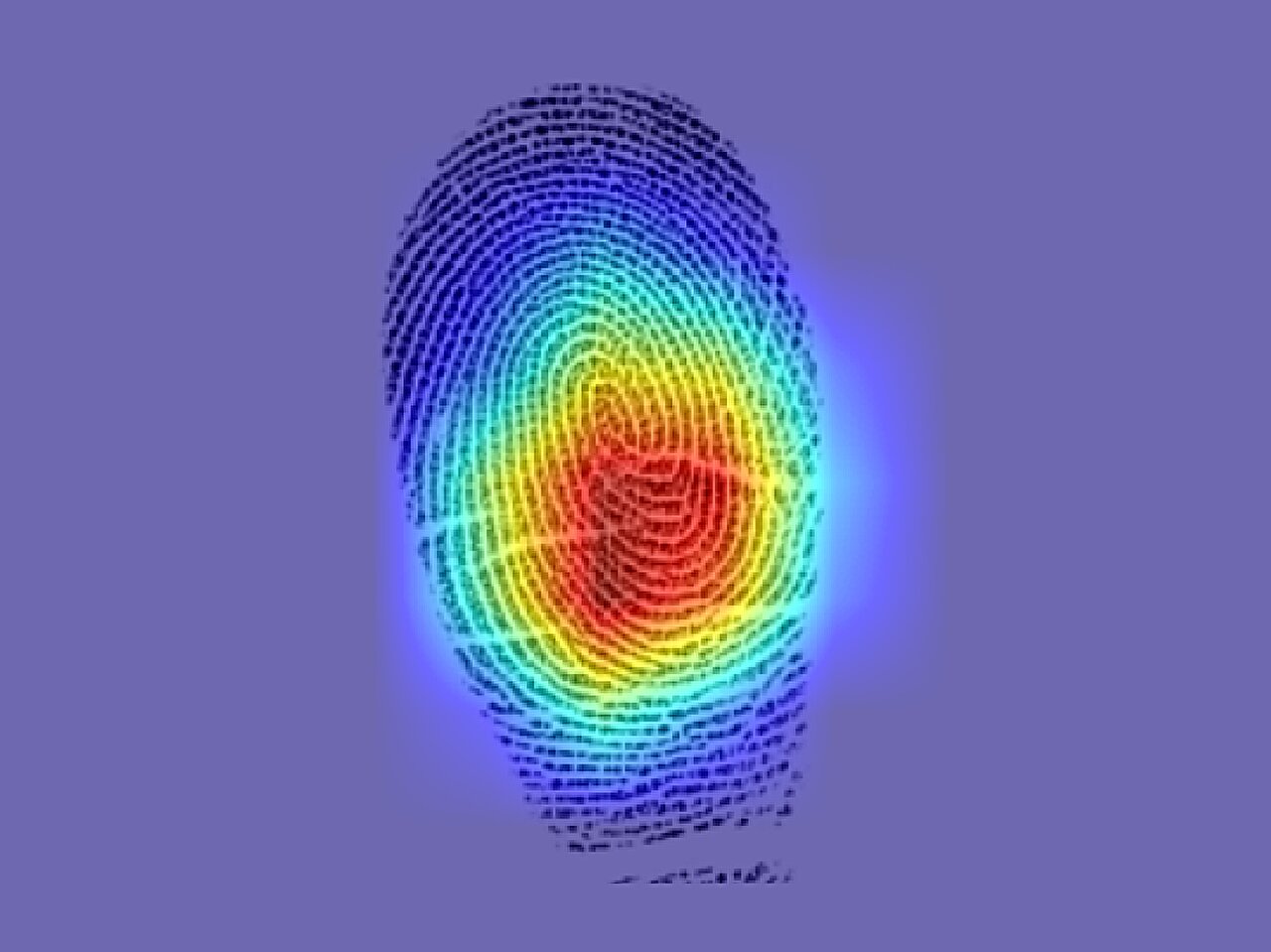
From “Law and Order” to “CSI,” not to mention real life, investigators have used fingerprints as the gold standard for linking criminals to a crime. But if a perpetrator leaves prints from different fingers in two different crime scenes, these scenes are very difficult to link, and the trace can go cold.
It’s a well-accepted fact in the forensics community that fingerprints of different fingers of the same person—”intra-person fingerprints”—are unique and, therefore, unmatchable.
A team led by Columbia Engineering undergraduate senior Gabe Guo challenged this widely held presumption...
Read More







Recent Comments